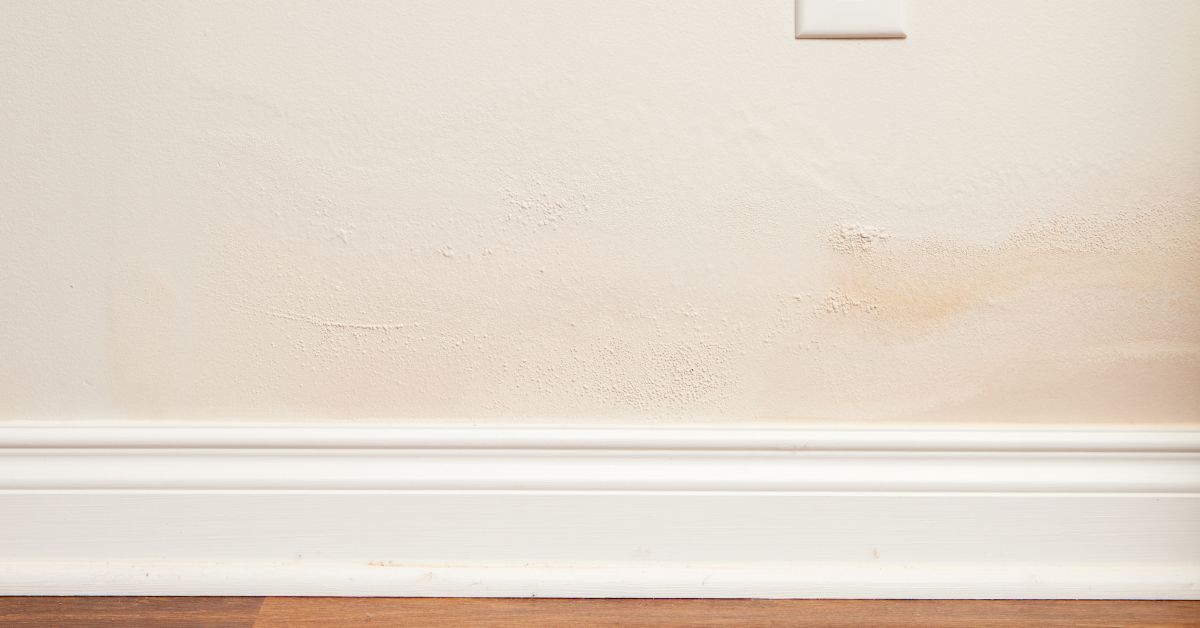Nestled along the banks of the mighty Ohio River, Louisville, Kentucky’s picturesque landscapes and vibrant culture paint a charming picture. Yet, beneath its idyllic façade, a silent menace often lurks – Water Damage in Louisville Kentucky. This insidious threat has the potential to wreak havoc on homes, businesses, and the community at large. From flooding caused by heavy rainfall to plumbing mishaps that take homeowners by surprise, water damage is a concern that requires awareness, preparedness, and swift action.
Louisville’s geographical location makes it susceptible to various forms of water-related issues. Its proximity to the Ohio River and its position within the Ohio Valley region exposes the city to flash floods and prolonged periods of heavy rain. These climatic factors increase the risk of water infiltrating homes and businesses, leading to structural damage, mold growth, and compromised indoor air quality.
One of the key culprits of water damage is basement flooding. Louisville’s historic architecture often features basements that may not be adequately waterproofed. As a result, heavy rains can seep into these underground spaces, causing extensive damage to the foundation and valuable possessions stored therein. Homeowners are advised to invest in basement waterproofing solutions to prevent future water intrusion.
Plumbing failures also contribute significantly to water damage woes. Burst pipes, leaky faucets, and malfunctioning water heaters can unleash gallons of water within mere hours, turning living spaces into waterlogged disaster zones. Regular maintenance, prompt repairs, and the installation of leak detection systems are crucial steps in mitigating these risks.
While it’s easy to focus on the physical aspects of water damage, the financial implications are equally distressing. Repairing water damage can be exorbitantly expensive, often straining the budgets of homeowners and businesses alike. Additionally, the emotional toll of seeing one’s cherished belongings destroyed by water can be profound.
In the wake of water damage, another sneaky adversary emerges – mold. Louisville’s humid climate provides an ideal breeding ground for mold spores, which can colonize damp surfaces in as little as 24 to 48 hours after water exposure. Mold not only exacerbates structural damage but also poses health risks to occupants. Respiratory issues, allergies, and skin irritation are common side effects of prolonged mold exposure. Swift remediation of water damage is vital to prevent the growth and spread of mold.
Community-wide preparedness is crucial to minimizing the impact of water damage. City officials, homeowners, and businesses must collaborate to implement effective flood prevention and mitigation strategies. This includes maintaining and improving drainage systems, enacting stricter building codes, and promoting public awareness campaigns about water damage prevention.
Insurance plays a pivotal role in recovering from water damage. Homeowners and business owners alike should carefully review their insurance policies to ensure they are adequately covered for water-related incidents. Standard homeowner’s insurance policies often don’t cover flood damage, necessitating the purchase of separate flood insurance. Being informed about policy details can prevent financial hardships when water damage strikes unexpectedly.
In conclusion, water damage in Louisville, Kentucky, is more than a mere inconvenience; it’s a silent threat that can disrupt lives, shatter property, and compromise well-being. By understanding the risks posed by weather patterns, aging infrastructure, and plumbing vulnerabilities, individuals and the community can take proactive measures to prevent, mitigate, and recover from water damage. Whether it’s investing in preventive measures, staying vigilant about maintenance, or fostering community-wide preparedness, confronting water damage head-on is the key to preserving the beauty and resilience of Louisville.

